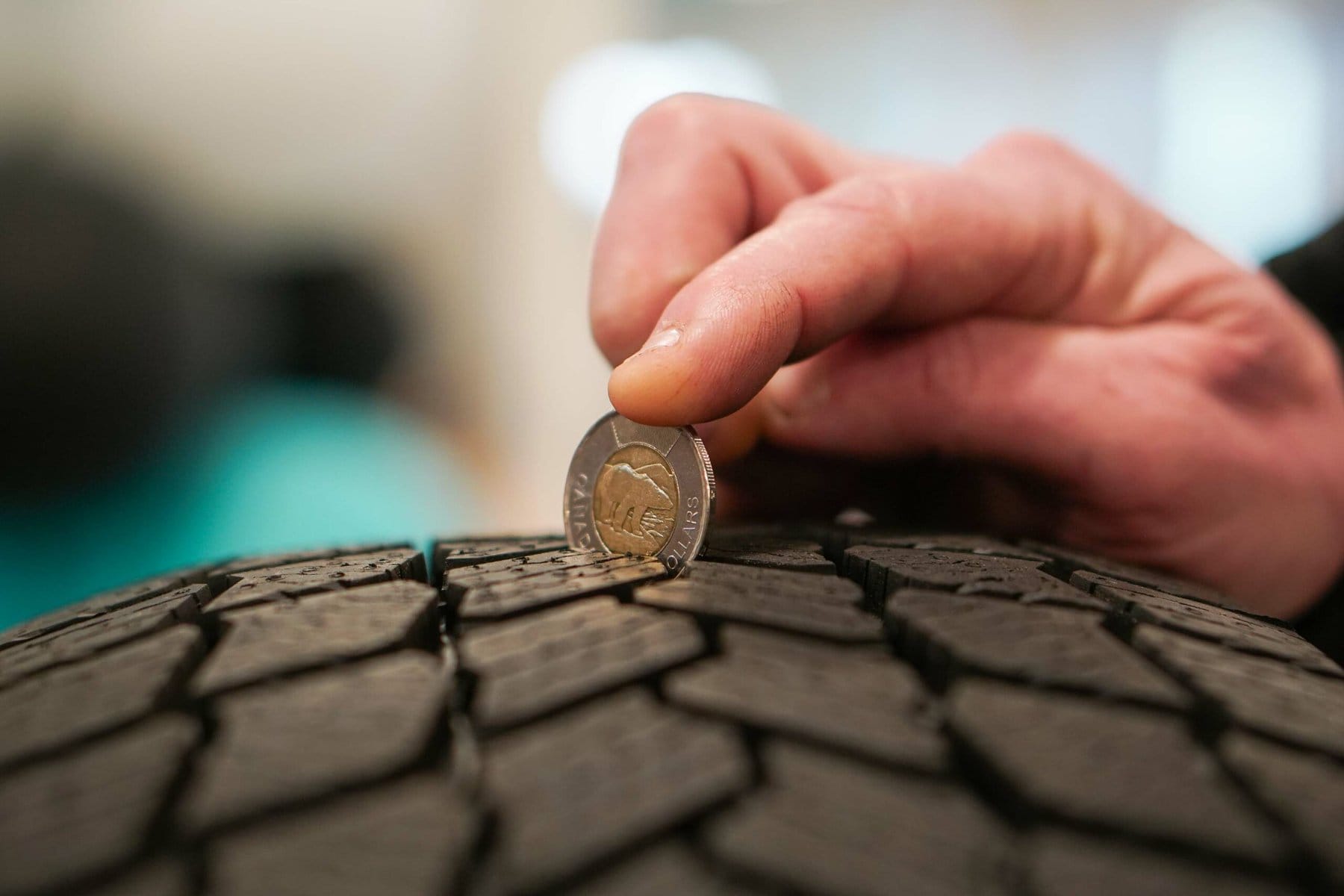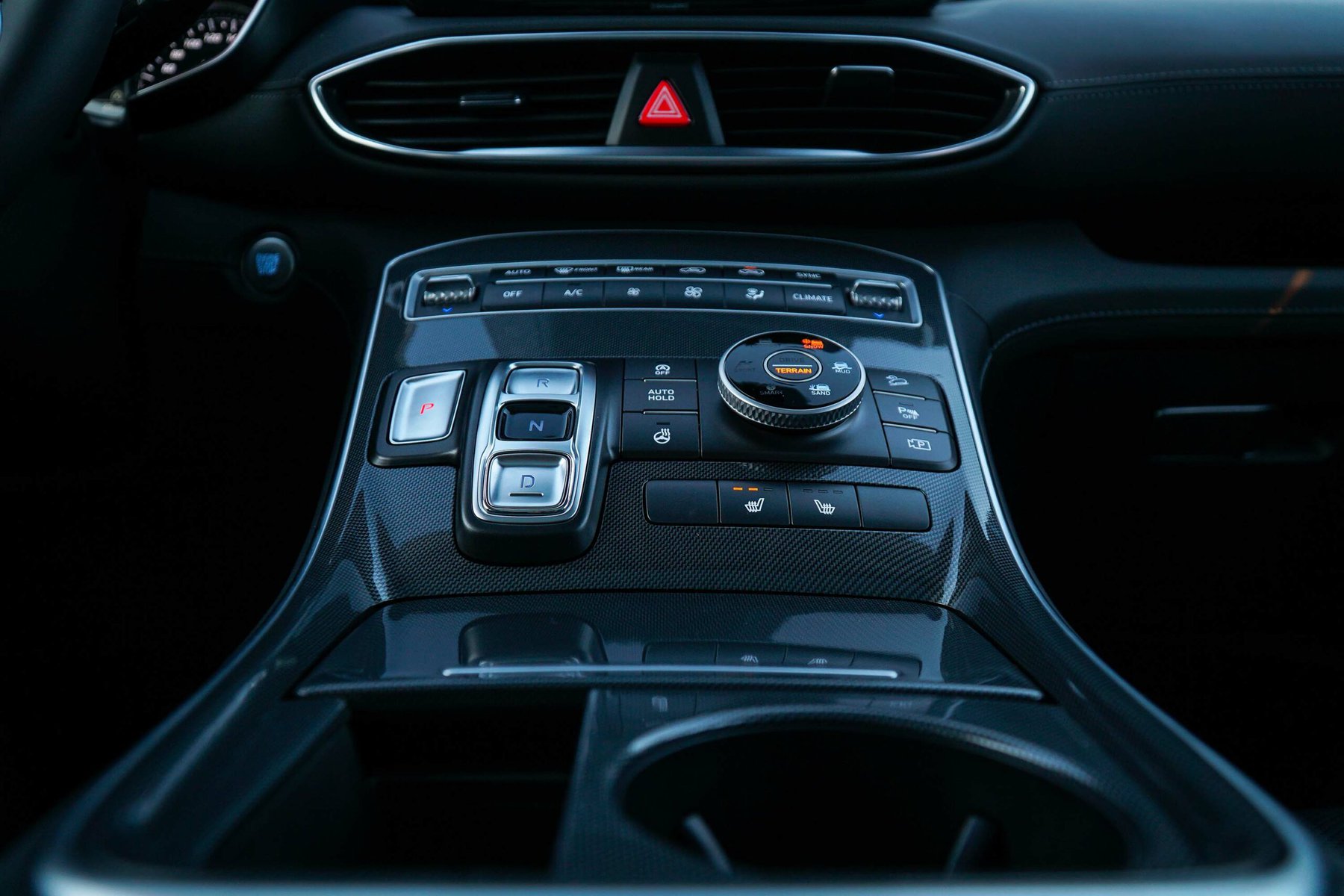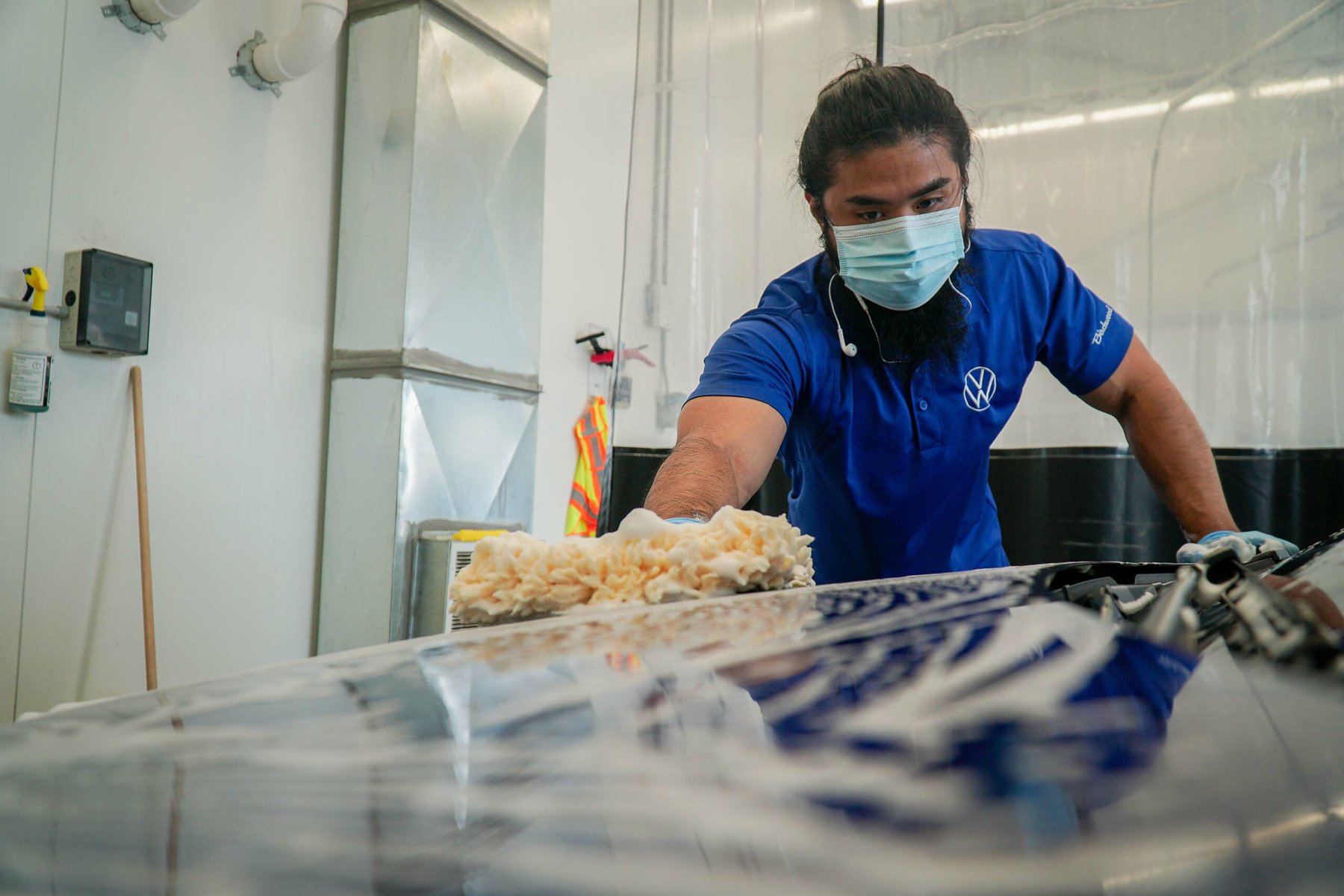Make the job a little bit easier
When prepping your car for summer you may be wondering, where do I start? Is it too early? What if it snows again? Or what if we have a really messy spring? This task may be daunting but following these 9 simple steps will make the job a little bit easier.
Step 1: Switch to all-season or summer tires
Make sure not drive with winter tires in the summertime! Winter tires are made of a softer rubber so they can stay flexible in cooler temperatures. When the weather starts warming up, the rubber tends to wear more quickly.
When the weather hovers above 7°C, it’s time to change your tires!
Driving with winter tires in the summer can not only damage them, but can also be dangerous as winter tires do not grip the pavement in the same way that summer tires do, which can lead to slower stopping times.
If you are unsure of how much life is left on your tires, a great way to find out is by using the Toonie Test!
Simply place a toonie in your tire’s tread. If the tread goes above the silver portion of the toonie towards the polar bear’s feet, your tires have plenty of life left in them. If the tread is below the gold portion of the Toonie than it may be time to think about some new tires.

Step 2: Change your wiper blades
If you use winter wiper blades, then it’s time to change them! Similar to winter tires, winter wiper blades are different from summer blades and using them during the summer months could cause damage.
If you do not change your wiper blades seasonally, make sure to give them a look when the seasons change and replace as needed.
Step 3: Test your AC
Driving around on a hot summer day without AC can be uncomfortable, especially if you don’t see it coming. Make sure your AC is working before the weather gets too warm.
If you feel or suspect your AC is pumping out warm air, have it inspected by a professional through this link.

Step 4: Check your brakes
Brakes can see a good deal of wear and tear over the winter months, especially with traffic being more stop-and-go.
Have your brakes inspected by a professional when the warm weather rolls around to make sure that both your brake pads and your rotors are still in working condition.
Step 5: Check your coolant
Keep your vehicle’s engine cool during the hot summer months by making sure your vehicle has a sufficient amount of coolant. If you’re unsure of how to do this, a Birchwood professional can help.
Step 6: Check your oil
If you’re due for an oil change, summer is the perfect time to check it off the list. Consider multitasking by getting your oil changed at the same time as your regular vehicle tune-up to save yourself multiple trips to the dealership.
Step 7: Check your windshield washer fluid
Spring can be messy! Make sure you have an ample amount of washer fluid and switch to summer fluid if possible! This formula helps target bugs, tar, and other grime.
Step 8: Do a summer clean-up
Salt and grime can build up on almost every part of your vehicle over the winter, from the undercarriage to the interior mats. Once the snow has melted and the roads are clear, give your car a spring cleaning. Focus on areas such as the undercarriage, the wheel walls, the windows, the engine bay, and the interior mats.

Step 9: Swap in your summer mats
Whether you use the original mats that came with your vehicle or aftermarket upgrades, make sure to only use mats manufactured specifically for your vehicle.


